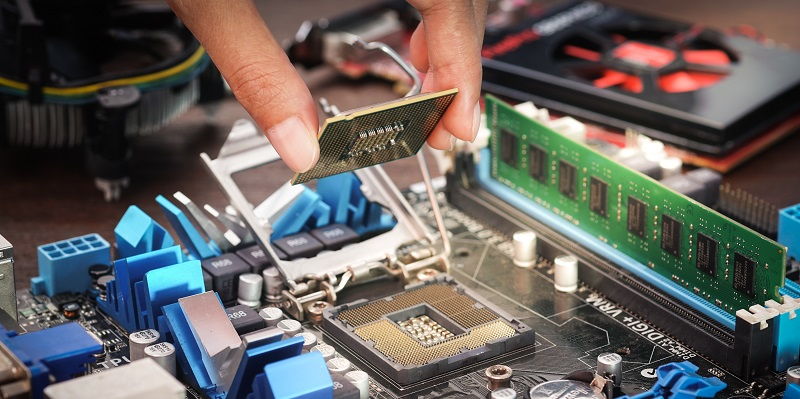The anticipation for Intel’s 14th Gen Raptor Lake Refresh Desktop CPUs has reached a fever pitch, and now leaked specifications have shed light on the full lineup. With at least 26 CPUs spanning various tiers, from Core i9 to non-Core chips, this release promises an impressive range of options for both enthusiasts and casual users alike.
Overview of CPU Family
The 14th Gen Raptor Lake Refresh Desktop CPU family is set to make a significant impact with its extensive range. With options available across the Core i9, Core i7, Core i5, Core i3, and even non-Core chips, Intel is catering to a wide spectrum of users. Each CPU within the family offers its own unique set of capabilities, ensuring there’s something for everyone.
Core i9 CPUs
The flagship Core i9 CPUs within Intel’s 14th Gen lineup are poised to deliver unprecedented performance. With up to 36 MB of L3 cache and native DDR5-5600 memory support, these processors will provide a substantial boost in both raw power and memory bandwidth. Enthusiasts and content creators will undoubtedly appreciate the immense potential that these CPUs bring to the table.
The Core i7 lineup, consisting of five SKUs, closely resembles the features of the Core i9 series. The Core i7-14700K, Core i7-14700KF, Core i7-14700, Core i7-14700F, and Core i7-14700T will all offer impressive performance and capabilities to meet the needs of discerning users. These CPUs will have similar specifications to their Core i9 counterparts but will be positioned at a slightly lower price point.
Core i5 Desktop CPUs
The Core i5 Desktop CPUs target a more mainstream audience, delivering an excellent balance between performance and value. One variation within the series will be based on a 6 P-Core and 8 E-Core die under the 14600 family, capable of handling demanding applications and multitasking with ease. Additionally, the rest of the lineup will feature a mixture of the B0 and C0 dies, providing configurations that include 6 P-Core + 8 E-Core and 6 P-Core + 4 E-Core setups.
Core i3 Lineup
Intel’s 14th Gen Core i3 lineup aims to satisfy the needs of budget-conscious users who still desire solid performance. The three SKUs in this category – Core i3-14100, Core i3-14100F, and Core i3-14100T – feature a 4-core design, 12 MB of L3 cache, and varying TDPs. With these CPUs, Intel ensures that users with less demanding workloads can still enjoy a smooth computing experience without breaking the bank.
Return of Dual-Core Processors
Strikingly, the leaked specifications also showcase the return of dual-core processors in the form of Intel 300 and Intel 300T. These chips will be specifically designed for the LGA 1700 platform, catering to users who prioritize efficiency and reliability over raw performance. While they may not be powerhouses, their presence highlights Intel’s commitment to accommodating diverse user needs across the spectrum.
In summary, the leaked specifications of Intel’s 14th Gen Raptor Lake Refresh Desktop CPUs have revealed an enticing lineup that promises outstanding performance, versatility, and value. From the flagship Core i9 and Core i7 CPUs with their impressive cache sizes and DDR5-5600 memory support to the budget-friendly Core i5 and Core i3 options, Intel hasn’t compromised on delivering a comprehensive range to suit various user requirements. With the additional inclusion of dual-core processors, Intel shows its commitment to providing a holistic solution for every user, regardless of their computing needs. The forthcoming release of the 14th Gen Raptor Lake Refresh Desktop CPUs is undoubtedly an exciting prospect for the industry, and users can eagerly anticipate the performance leap these processors will bring to their desktop setups.

